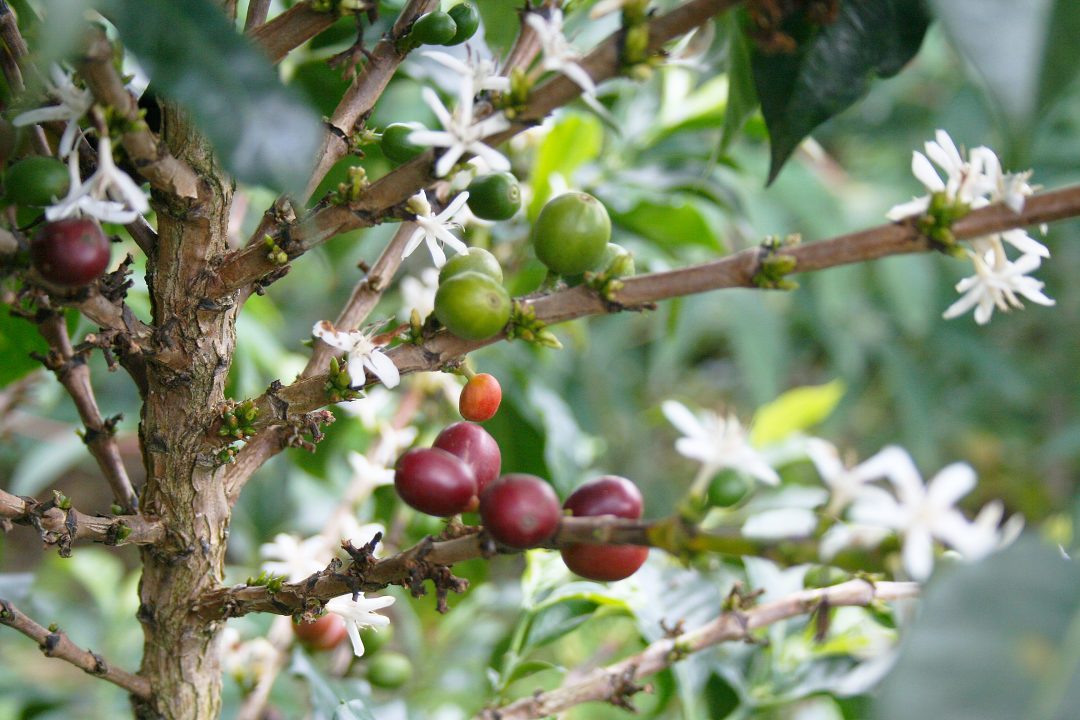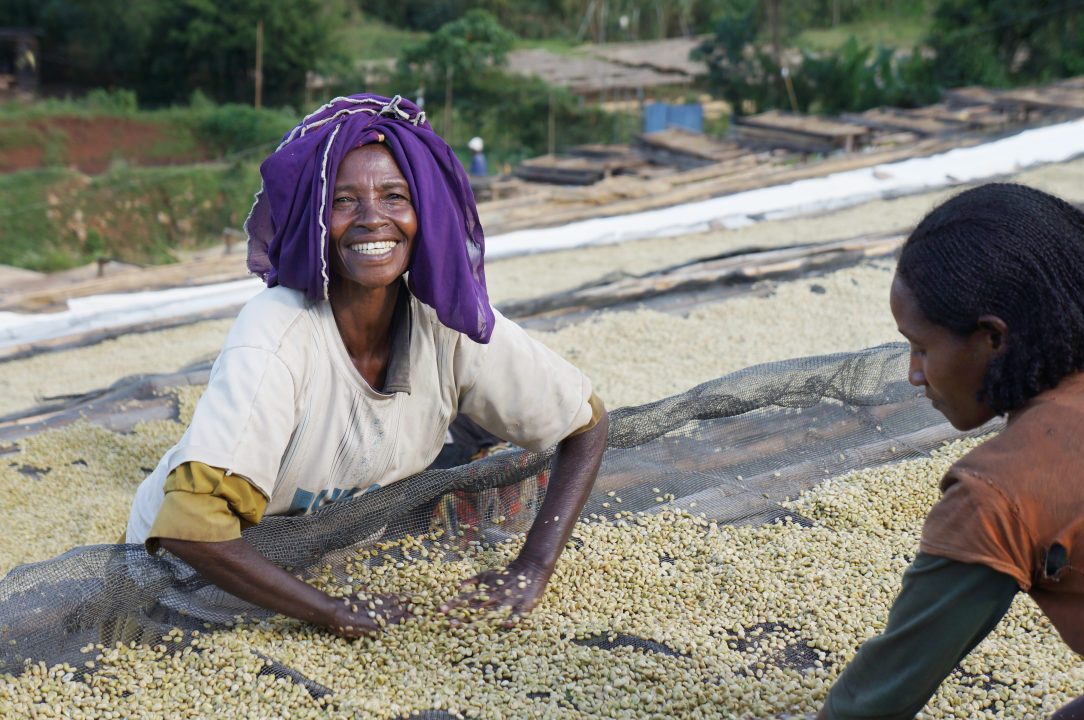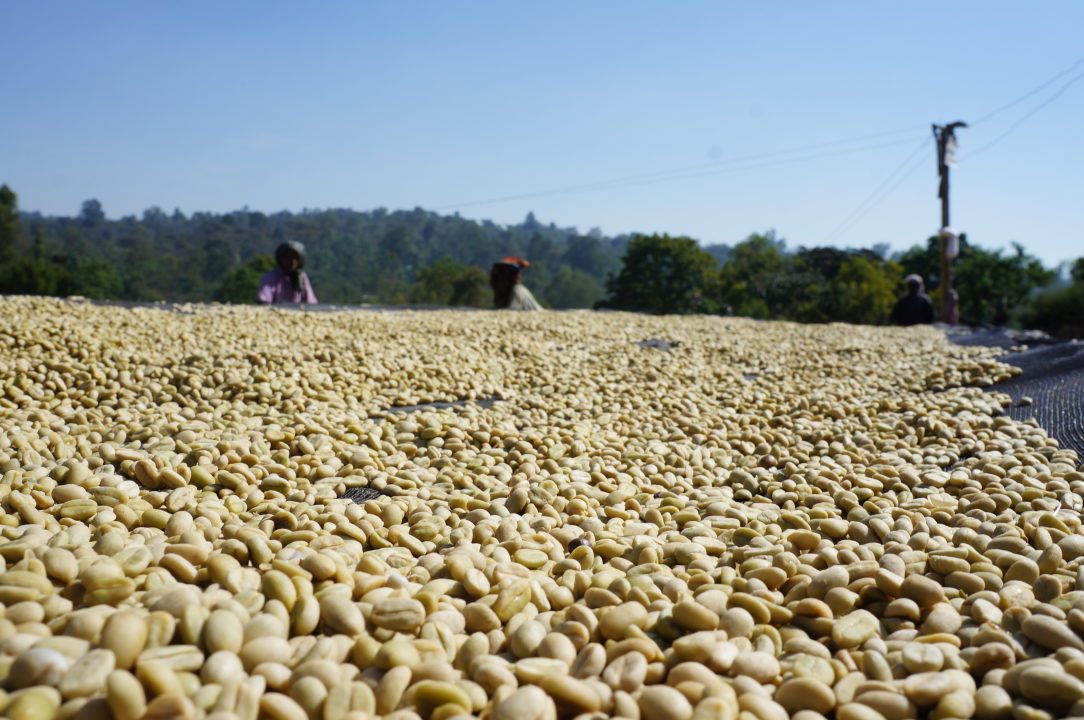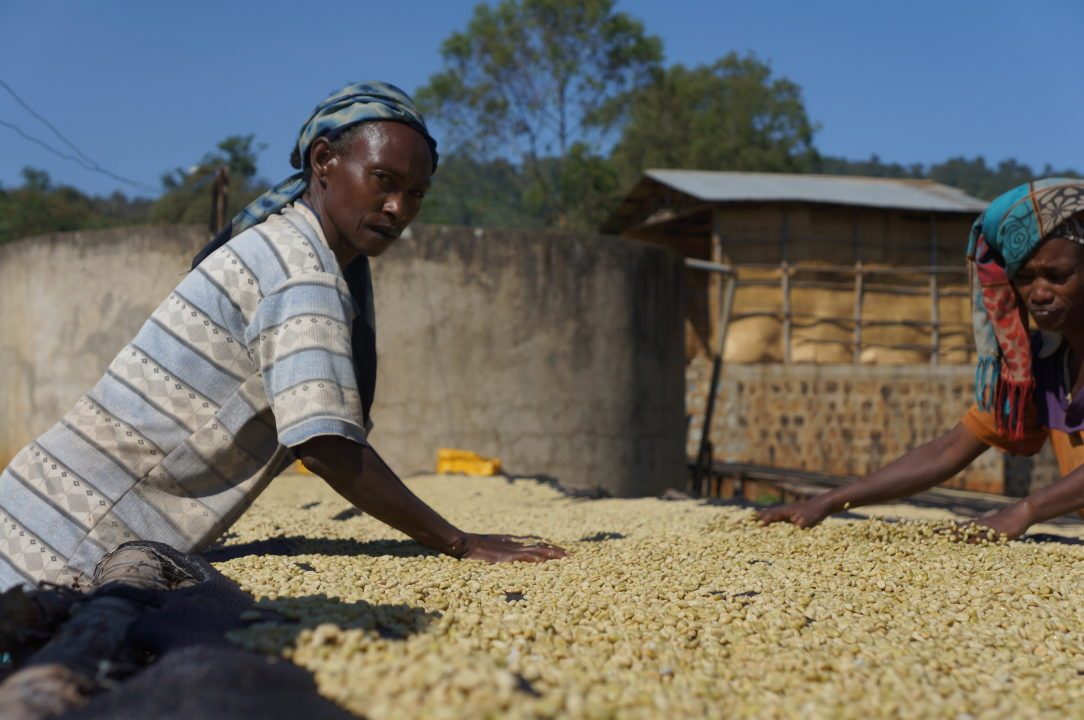Ethiopian coffee offers berries, flowers and citrus in the cup, which in many ways can be called the "original" coffee flavors. Here in the heart of coffee's place of origin, the descendants of the first Arabica plants still grow wild. Compared to other coffee-producing countries, where the plants are mainly cultivated on large plantations and farms, the diversity of species in Ethiopia is enormous.
Wild berries

Almost all Ethiopian coffee is grown by small farmers who have a small number of coffee plants growing outside their house. Just like in a Norwegian apple orchard, several varieties of the coffee plant often grow side by side, and unlike in other producing countries, there is in principle no control over which species are grown. Pending better mapping, which will be a time-consuming and complicated piece of work, the collective term "Ethiopian heirloom" is currently used to describe most of what is grown in the country. In any case, the coffee world's wildest beans are among the most sought-after on the market.
"Just like in a Norwegian apple orchard, several varieties of the species often grow side by side, and unlike in other producing countries, there is in principle no control over which species are cultivated."

Why so intense?
The area where the Arabica plant is believed to originate, the fertile mountainous landscape of the plateaus along the Rift Valley, offers what are considered perfect growing conditions for coffee. The soil, with its characteristic fire-red color, is rich in nutrients and minerals that are important for the growth of the coffee plant. The same applies to the altitude of the growing areas, which ranges from 1500 to just over 2000 meters above sea level, which contributes to the slow development of the coffee berries. It is for the same reason that high-growing Norwegian strawberries are often perceived as sweeter and more flavorful than Belgian strawberries. Similar growing conditions to those in Ethiopia are also found in the very best growing areas in other producing countries. A natural correlation given that the Ethiopian coffee plants are, after all, growing in their natural climate and environment.
Yes, please, both.

When it comes to humidity, the weather gods of the Ethiopian highlands are generous. The rainy season lasts from early summer to mid-autumn. At the same time, this time offers plenty of sunny periods. The height above sea level means that the temperature rarely reaches 30 degrees, but at the same time the sun's heat is intense. It is this balance between sufficient heat and humidity that allows coffee plants to thrive in mountainous areas near the equator. Again, this can be traced back to the origin of the coffee plant and the growing conditions in the highlands of southwestern Ethiopia.
Bringing out the best flavors in the coffee berry
Just as coffee plants in Ethiopia have close ties to their origins, Ethiopian coffee farmers are faithful to their ancient farming traditions. The combination of low resource availability and naturally adapted plants means that the use of pesticides and fertilizers is virtually zero. The coffee plants are grown according to natural, organic principles, and the production per coffee tree is considerably lower than in other producing countries. The processing of the coffee berries, which often takes place in large cooperatives, is perhaps the most critical factor in terms of maintaining the potentially unique quality of the raw material. The two methods commonly used in Ethiopia, berry drying and wet processing, produce contradictory results, but the common denominator is a cup filled with distinctive flavors. Where the typical berry-dried Ethiopian coffee is characterized by extreme fruitiness, often with taste associations to fully ripe berries, a wet-processed version will be considerably cleaner, usually with intense acidity and complex floral notes.
"Just as coffee plants in Ethiopia have close ties to their origins, Ethiopian coffee farmers are true to their ancient farming traditions."

Discover the flavors of summer
For most of us, coffee itself is a frequently used flavor reference, but we rarely reflect on what flavors we find in the coffee cup. Coffee simply tastes like coffee, and it's usually the chocolate-sweet, nutty variety from Brazil that we refer to. However, the world of coffee offers a repertoire of flavors that is far from limited to what we associate with classic coffee taste. And when it comes to richness and intensity of flavor, Ethiopian coffee is possibly the best representative of the black brew. Here, the taste of the characteristic citrus fruit Bergamot, which most of us recognize from the tea classic Earl Grey, is often detected. Just as the fresh acidity in the cup can be associated with that of the berries on the currant bush in the garden. Or something else entirely. That's exactly what makes coffee exciting. Experiment with different brewing methods and discover how the flavors in the cup change in character as the temperature drops. At the end of the day, it's your own taste preferences that determine which ones you find. The intense and summery qualities of Ethiopian coffee make it as exciting to taste as it is complicated to get to the bottom of the flavor.